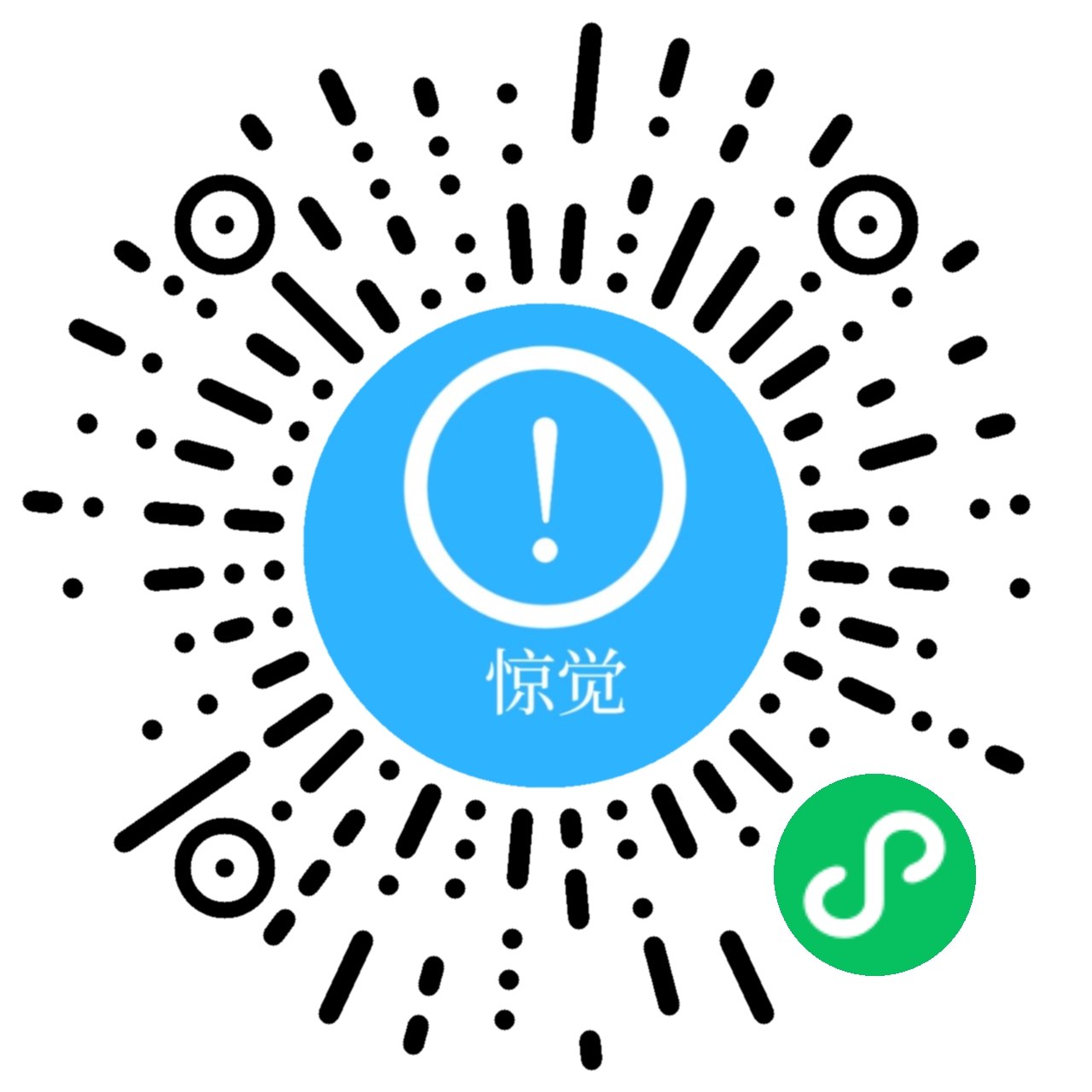Sapa – Product Landing Page WooCommerce Theme: My Hands-On Review for Admins Who Need Conversions, Not Busywork
If you’ve ever been asked to “spin up a quick landing page” for a new physical product, a limited-time bundle, or a preorder campaign—and then discovered you also have to wire WooCommerce, track conversions, connect email, optimize for Core Web Vitals, and keep the layout brand-consistent—you’ll understand why I was picky testing Sapa. I wanted a theme that behaves like a focused landing-page builder but stays native to WordPress + WooCommerce, with minimal plugin sprawl and no brittle hacks.
That’s the lens I used while building a live, promo-ready page with Sapa WordPress Theme. I documented each decision below—from setup to performance, from block behavior to checkout flow—so you can copy what works and skip what doesn’t.
Why I Reached for Sapa (The Real-World Problem to Solve)
My brief looked like this:
-
Launch a dedicated product landing page instead of sending traffic to a crowded shop archive.
-
Keep visitors on a single, story-driven page: hero → benefits → social proof → pricing → checkout.
-
Ensure the page loads fast on mobile, with predictable CLS and reliable form/analytics hooks.
-
Make it easy for non-technical teammates to iterate (headlines, features, price blocks) without breaking layout.
I’ve tried multipurpose themes with generic page builders for this job, and they often trade speed for flexibility. Sapa promises a different balance: a lightweight, landing-page-first WooCommerce theme with blocks tailored for single-product storytelling. I treated it like a productized framework—not a blank canvas—so the outcome is consistent and repeatable.
The First 10 Minutes: Installation & Base Configuration
Here’s the clean, repeatable checklist I followed.
1) Theme Install + Child Theme
I uploaded and activated Sapa, then immediately created a child theme to hold any CSS variables and template overrides. This keeps future updates friction-free.
2) Required Plugins (Keep It Lean)
Sapa suggests a short list of companions (the block pack and the theme’s utility plugin). I kept only what powers the demo landing page—no extra sliders or animation libraries. This choice alone protects TTFB and INP.
3) Selective Demo Import
Instead of importing an entire demo site, I imported:
-
One product landing template
-
The Cart and Checkout templates
-
A minimal Header and Footer
This gave me a publishable skeleton without demo clutter. I replaced media with compressed WebP assets immediately to avoid re-doing alt tags later.
4) Global Design Tokens
In the theme options I set:
-
Primary color for CTAs (brand hue)
-
Neutral scale for text and backgrounds
-
Type scale (two weights only: 400/700)
-
Button radius and link states
I also standardized spacing (section paddings) so new blocks feel native without ad-hoc margins.
5) WooCommerce Basics
-
Currency, tax display, and shipping classes
-
Permalinks set to “/product/%product_cat%/%product%/” for tidy breadcrumbs
-
A dedicated Checkout page (distraction-free template)
-
Test gateway in sandbox to validate the end-to-end flow
6) SMTP & Email Templates
I connected SMTP (authenticated domain) to guarantee order email delivery. Sapa inherits WooCommerce email templates cleanly, so I only adjusted the accent color and logo.
Result: A minimal, conversion-oriented base with no plugin bloat.
Building the Landing Page: Block-by-Block Playbook
Sapa ships opinionated sections that map to a tried-and-true purchase journey. Here’s how I assembled mine.
Hero Section (Promise + Primary CTA)
-
Short headline with the core benefit (not the product name)
-
Sub-headline for context (use case)
-
A Buy Now button and a Learn More anchor that scrolls to features
-
A single, well-lit hero image or 5–8s autoplaying, muted product loop (if you must, keep it tiny)
Tip: If you use a loop video, set an explicit width/height and a poster to avoid CLS.
Feature Grid (3–6 Bullets)
Sapa’s feature blocks use icon + text with readable spacing. I kept features outcome-driven (“Charge for 48 hours on a 15-minute plug-in”) rather than spec-dump (“5,000 mAh”).
Social Proof (Lightweight, Not Shouty)
Testimonials, media mentions, and star ratings appear as compact blocks. I used a 3-card strip with short quotes and role + company type (not full company name) to avoid legal headaches.
Comparison Table (Optional)
If you’re replacing an incumbent, a 3-column compare (Your product vs A vs B) helps, but limit it to 6–8 rows so it doesn’t turn into spreadsheet theatre. Sapa’s table styling is legible on mobile.
Price + Purchase Block
I kept a single product with two purchase options:
-
One-time purchase
-
Optional add-on bundle
Each option shows exactly what’s included. Sapa’s button states and error handling are predictable; the “Added to cart” feedback is noticeable but not jarring.
FAQ Strip (Objection Handling)
Top questions: return policy, warranty, shipping times, what’s in the box, whether accessories are included. The accordions are accessible out of the box.
Sticky Mini-Cart (Mobile)
For longer pages, I enabled the sticky mini-cart on mobile. It’s subtle and reduces scroll fatigue when users are ready to commit.
Takeaway: The pre-built blocks let me build a single-purpose sales page without fighting a generalist page builder. Each section exists because it drives a purchase decision.
Feature-by-Feature Evaluation (Where Sapa Actually Helped)
1) Page Structure for Single-Product Selling
Sapa’s biggest advantage is focus. The block catalog is biased toward storytelling and conversion rather than catalogs and mega-menus. If your goal is to send paid traffic to one page and convert there, this structure is gold.
2) Native WooCommerce Alignment
The product, cart, and checkout templates look consistent with the landing page design—no jarring handoff. Inputs, badges, quantity selectors, and alerts inherit the same visual system.
3) Editor Experience (For Teammates)
Non-technical editors can change headlines, bullets, and images without collapsing the layout. The block controls are minimal and well-labeled; I rarely had to touch raw CSS outside the child theme.
4) Media Handling
Image blocks enforce sensible aspect ratios, which helps avoid CLS. Galleries are swipe-friendly. If you compress assets before upload, Sapa stays lean.
5) Accessibility
Focus states, button roles, and aria attributes are present on key interactive elements (accordions, cart buttons). Color contrast on default palettes meets WCAG AA.
6) Translation-Readiness
Strings surfaced cleanly for translation. RTL mirroring behaved correctly in my spot checks.
7) Micro-Animations (Restraint Done Right)
Hover and reveal effects exist but are subdued, keeping INP in check. I left parallax disabled; it rarely moves the needle on sales and often taxes the main thread.
Verdict: Sapa removes decision fatigue. You spend time on the offer instead of fighting the layout.
Performance & Technical SEO: What I Tuned (and You Should Too)
Sapa doesn’t magically bypass web performance physics, but it avoids self-inflicted wounds. Here’s the checklist I used to stay green across Core Web Vitals.
LCP (Largest Contentful Paint)
-
Keep the hero image ≤ 160KB WebP and define
width/height -
Inline critical CSS for header + hero + first block (small, targeted)
-
Preload the hero image only if it truly is the LCP
CLS (Cumulative Layout Shift)
-
Set fixed dimensions (or aspect-ratio) for all media and embeds
-
Avoid loading unexpected banners above content; reserve space for notices
-
Ensure font swaps don’t reflow headings (subsets + metrics-compatible fallbacks)
INP (Interaction to Next Paint)
-
Avoid heavy scroll scripts; stick to native CSS for reveals
-
Keep only the scripts you use (no latent sliders, no theme carousels you don’t deploy)
-
Defer non-critical JS; avoid blocking analytics tags
Fonts
-
Two weights max (400/700) with
font-display: swap -
Preload heading font if it materially improves LCP text paint
Images
-
WebP everywhere, SVG for icons and logo
-
Consistent aspect ratios for cards to reduce reflow
Caching & CDN
-
HTML cache for anon users; long-lived cache for assets with file hashing
-
Enable HTTP/2 (or HTTP/3 via CDN) and compression
Structured Data
-
Product JSON-LD handled by WooCommerce (price, availability, SKU)
-
FAQPage JSON-LD on the landing page’s FAQs (boosts SERP depth)
-
BreadcrumbList if you expose breadcrumbs on the landing page (optional)
Canonicals & Indexing
-
If you maintain both a shop PDP and a landing page, choose one as the canonical purchase page for paid campaigns to avoid splitting signals. I canonicalized the landing page to itself and linked to the product object behind the same URL structure.
Outcome: With careful media discipline and script hygiene, Sapa pages render quickly on mid-range mobile and remain responsive during scroll and cart interactions.
Checkout UX: Friction I Removed
-
Distraction-free checkout template; I hid header nav on checkout to curb pogo-sticking.
-
Express pay (if your gateway supports it) but always test for regional edge cases.
-
Address autocomplete is nice to have but not mandatory for a single-product flow; fewer fields usually outperform.
-
Error copy tested for clarity; short, human messages reduce abandonment.
Sapa’s styling kept the checkout consistent with the landing page, avoiding the “two websites” feeling that can spook buyers.
Maintenance & Operations (What Admins Care About)
-
Updates: Theme + companion plugin updated without breaking the child theme tweaks.
-
Backups: I snapshot before updates; rollbacks were instant when I tested.
-
Analytics: I fired purchase and add-to-cart events via the standard WooCommerce hooks—no brittle DOM scraping.
-
A/B Testing: Headlines and hero images are the safest first tests. Sapa’s block order can be rearranged without layout shock, so experiment above the fold first.
Alternatives I Benchmarked Against
-
Multipurpose page-builder themes: Feature-rich but heavy; you’ll spend hours turning off features to regain speed.
-
Headless storefronts: Fast, but most teams don’t have bandwidth to wire buy buttons, analytics, and editorial workflows from scratch.
-
Classic WooCommerce shop themes: Great for catalogs; less surgical for single-product storytelling.
I stayed with Sapa because it hits the conversion-page sweet spot: opinionated sections, native WooCommerce, and performance-friendly defaults.
Editorial Framework: How I Wrote the Page Copy
When you’re moving fast, a consistent story structure prevents rewrites:
-
Headline promise: Outcome, not product name.
-
Proof snapshot: A specific metric or a concise differentiator.
-
Benefits in plain language: One sentence each, no jargon.
-
Objection handling: Warranty, returns, compatibility.
-
Social proof: Roles and industries, not just star emojis.
-
Offer clarity: Exactly what’s inside the box or plan.
-
Single, unmissable CTA: And a secondary “Learn more” that scrolls to details.
Sapa’s blocks reinforce that structure, so your copy choices sit in the right places visually.
SEO Strategy: Search That Actually Converts
-
Primary target: product + modifier keywords that signal purchase intent (e.g., “buy {product}” or “{use case} kit”).
-
Supporting targets: problem-solution queries answered in the FAQ (these can win Featured Snippets).
-
Internal linking: From any related editorial post, link with descriptive anchor text to the landing page (not the generic shop). Keep the anchor natural and varied.
I often publish one long landing page rather than three short ones. All promotion (ads, email, social) drives into that single asset to concentrate authority.
Who Should Use Sapa (and Who Shouldn’t)
Sapa is perfect if you:
-
Launch single-product or bundle campaigns and want a crisp story arc.
-
Need non-technical teammates to update blocks without breaking layout.
-
Care about mobile conversions, not just pretty desktop mocks.
Consider a different route if you:
-
Run a large catalog with heavy faceted search (you need a shop-first theme).
-
Want maximalist animation or experimental layouts (you’ll wrestle the defaults).
-
Require deep headless customization (look at a headless stack instead).
My Copy-Paste Launch List for Sapa
-
Install Sapa + child theme; activate only required companions.
-
Selectively import a single product landing, cart, and checkout.
-
Define colors, type scale, and link/button states globally.
-
Build the story arc: hero → features → proof → pricing → FAQ.
-
Compress all images (WebP), set explicit dimensions, lazy-load below the fold.
-
Test add-to-cart and checkout; simplify fields; ensure email delivery.
-
Add Product + FAQ JSON-LD; verify with a testing tool.
-
Enable caching/CDN; inline critical CSS; defer non-critical JS.
-
Hook analytics to add-to-cart and purchase events.
-
A/B test hero headline and first CTA label; ship.
Follow that, and you’ll have a convincing landing page that’s fast, stable, and easy to iterate.
Final Thoughts
Sapa does one job exceptionally well: it helps you tell a complete product story on one page and convert without gimmicks. As an admin, I appreciate how little I had to fight the defaults and how quickly I could enforce brand consistency while keeping Web Vitals green. If your roadmap includes seasonal bundles, limited drops, or paid-traffic experiments, Sapa is the kind of theme that saves real time every single launch.
For reference and broader browsing while I was planning sections and variants, I kept the gplpal catalog handy and occasionally scanned WooCommerce Themes to mirror patterns I knew I’d need in future pages. If you’re kicking off now, start with the Sapa WordPress Theme, lock your offer, keep the blocks lean, and ship.



